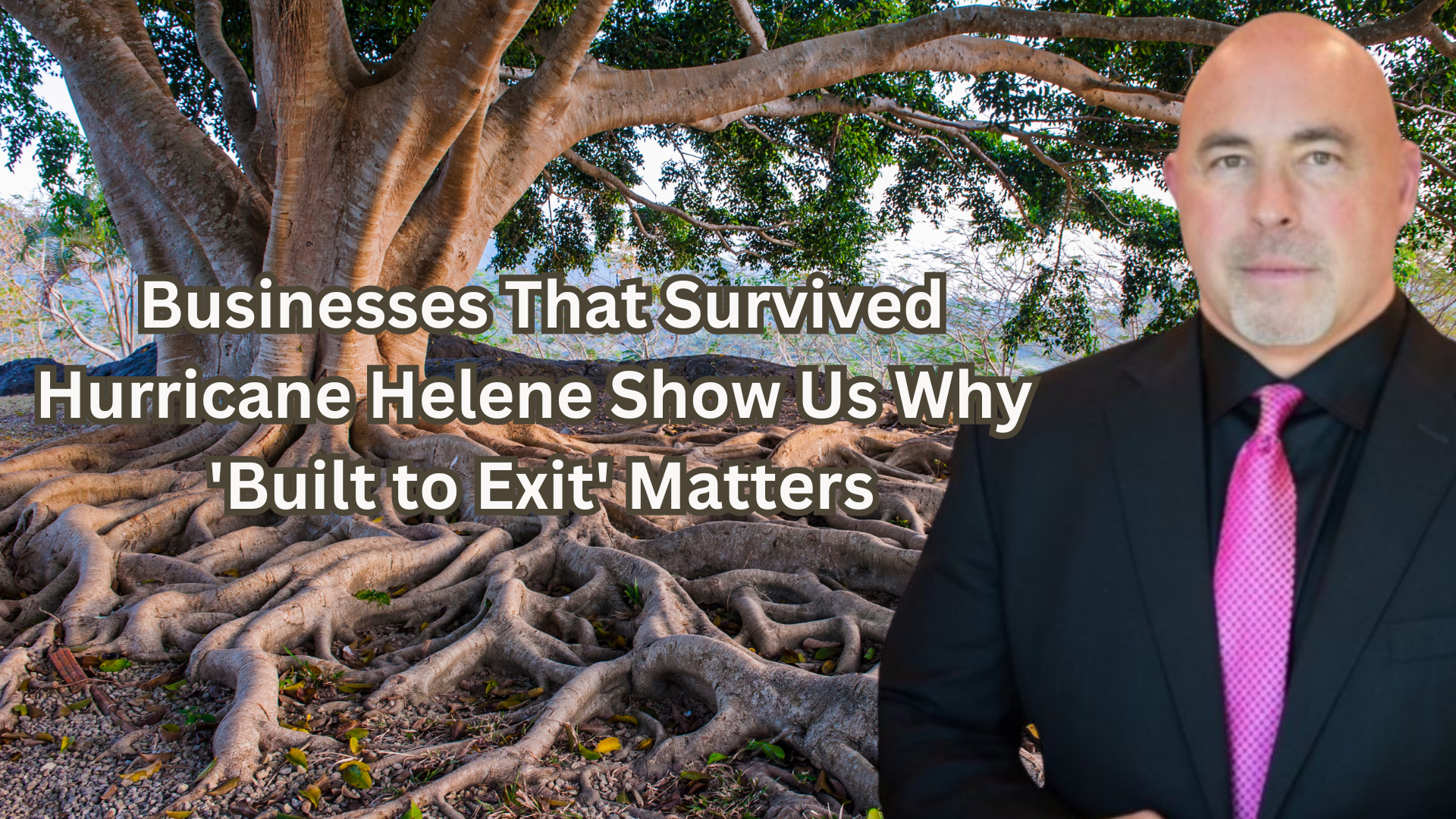Hurricane Helene, a storm described as the worst to hit the region, has left a trail of destruction in its wake. The devastation is immense, with homes reduced to rubble, roads impassable, and power lines down across the affected areas. The human toll is equally heartbreaking, with hundreds missing and feared dead.
In the face of such a catastrophic event, businesses are also feeling the brunt of the storm’s impact. Many have been forced to close their doors, while others are struggling to recover. However, some businesses have been able to weather the storm more effectively than others.
This raises an important question: How can businesses prepare for and recover from such devastating natural disasters?
The Unexpected Can Happen Anywhere (And Lightning Can Strike Twice)
Jay Batt, a seasoned businessman from New Orleans, knows all about the unexpected. He’s been through this twice now. First, Hurricane Katrina hit, and now, Hurricane Helene has flooded his properties in the North Carolina mountains. Talk about a double whammy! Two shopping centers he owns were completely submerged when the Swannanoa River overflowed.
Eric Revels, another New Orleans native, thought he’d found safer ground for his business in the North Carolina mountains. But even his company, Watershed (ironic, right?), which manufactures waterproof bags, was flooded.
Despite facing this kind of devastation twice, these business owners aren’t throwing in the towel. Their resilience is nothing short of remarkable.
Batt’s response is an example of a true businessman’s mindset. “At least we know what to do,” he told reporters.
Revels has already called in a remediation team. “Being from New Orleans, I know how to approach this,” he says. “You just start cleaning up and you work your butt off.”
This kind of resilience isn’t just admirable – it’s a masterclass in business survival. These folks have been knocked down, not once, but twice, and they’re still getting back up.
It testifies to the power of the human spirit, sure, but it’s also an important reminder of why having solid systems and processes in place is so crucial in business.
The Importance of Insurance and Risk Management
While Batt and Revels had the foresight to secure flood insurance, many others weren’t as prepared. According to William McIntyre, a real estate broker, only an “estimated 10% of the homes and businesses have flood insurance in North Carolina. In Tennessee, it’s even lower than that.”
For instance, Peyton Barrell, a restaurateur who relocated from New Orleans to Asheville, found himself without flood insurance when the French Broad River rose and displaced his nearly-completed restaurant. “It just popped the building off its foundation and deposited it about 100 yards away,” Barrell told the press.
These contrasting situations underscore the importance of comprehensive risk management strategies. A “built to exit” approach includes not just insurance but also:
- Regular risk assessments
- Disaster recovery plans
- Business continuity strategies
- Emergency funds
Systems and Processes: Your Business’s Lifeline
When disaster strikes, businesses that have well-documented systems and processes in place are significantly more likely to recover. These systems and processes act as a roadmap, guiding businesses through the chaos and uncertainty that follows a crisis.
A business that is exit-ready is more likely to recover because of:
- Clear standard operating procedures
- Well-trained staff who understand their roles in emergencies
- Established relationships with remediation companies and other service providers
- Backup systems for critical business data and operations
Building a Business That Can Withstand Anything
While the phrase “built to exit” often conjures images of a company poised for acquisition or an IPO, its true value lies beyond financial gain. A built-to-exit mindset is about creating a business that is independent, resilient, and capable of enduring unexpected challenges.
This approach involves:
- Documenting all processes and procedures
- Cross-training employees to handle multiple roles
- Implementing robust financial systems and controls
- Cultivating a leadership team that can make decisions in the owner’s absence
- Regularly reviewing and updating business continuity plans
The stories of these Hurricane Helene survivors serve as a powerful reminder that no business is immune to unexpected disasters. By adopting a “built to exit” mindset and implementing strong systems and processes, business owners can create resilient enterprises capable of weathering any storm—literal or figurative.
Ask yourself: Is my business truly prepared for the unexpected?
Are our systems and processes robust enough to guide us through a crisis?
The time to build resilience is now– before your own version of Helene arrives at your doorstep.

